Scaper | Cream | 30 gm | 1 pcs
৳ 50.00
Brand Name: Scaper Cream
Generic: Permethrin
5% w/w
Manufacturer: Biopharma Laboratories Ltd.
15 gm tube: ৳ 29.00
30 gm tube: ৳ 50.00
Indications
Permethrin is indicated for the treatment of scabies.
Therapeutic Class
Parasiticidal preparations
Pharmacology
Permethrin induces electrochemical abnormalities across the membranes of excitable cells, leading to sensory hyperexcitability, in coordination and prostration. Permethrin is rapidly metabolized in mammals by ester hydrolysis to inactive metabolites which are excreted primarily in the urine. The principal metabolites of Permethrin are detectable in the urine within hours of a whole body application of the cream to healthy volunteers or scabies patients. The highest levels of excretion are detectable within the first 48 hours, but very low levels of metabolites are still detectable in the urine of some individuals 28 days after treatment.
Dosage
For 15 gm Tube:
- Adults and children (over 12 years): Use two full tube
- Children aged 6-12 years: Use a full tube
- Children aged 1-5 years: Use up to 1/2 of a tube
- Children aged 2 months to 1 year: Use up to 1/4 of a tube
For 30 gm Tube:
- Adults and children (over 12 years): Use a full tube
- Children aged 6-12 years: Use up to 1/2 of a tube
- Children aged 1-5 years: Use up to 1/4 of a tube
- Children aged 2 months to 1 year: Use up to 1/8 of a tube
Administration
- Patients of >2 months of age can use the dermal cream.
- Cream should be applied to clean, dry skin. If the body is hot due to warm bath or any other reason, skin should be allowed to cool.
- It should be applied to the whole body excluding head.
- The whole body should be washed thoroughly 8-12 hours after treatment.
- Adults and children above 12 years will use a 30 g tube as a single dose.
- If necessary maximum two tubes (60 gm) can be used as a single dose.
- The cream should not be applied to the vicinity of mouth and areas close to the eyes.
Interaction
The treatment of eczematous-like reactions with corticosteroids should be withheld prior to treatment with Permethrin, as there is a risk of exacerbating the scabies infestation by reducing the immune response to the mite.
Contraindications
Permethrin is contraindicated in subjects with known hypersensitivity to the product, its components, other pyrethroids or pyrethrins.
Side Effects
In scabies patients, skin discomfort, usually described as burning, stinging or tingling occurs in a few individuals soon after the cream is applied. Other transient signs and symptoms of irritation including erythema, edema, eczema, rash and pruritus which may follow the treatment of scabies with Permethrin are generally considered to be the part of the natural history of scabies. In patients treated for scabies, itching may persist for up to 4 weeks post-treatment. This is generally regarded as due to an allergic reaction to the dead mites under the skin and is not necessarily indicative of a treatment failure.
Pregnancy & Lactation
There are limited data on the use of Permethrin in pregnancy which provide no indication of any risk to the foetus. Furthermore, the amount of Permethrin absorbed systemically following a whole body application is extremely low. The negative mutagenicity tests and the very low mammalian toxicity would suggest that any risk to the foetus following treatment with Permethrin is minimal. Inspite of these, Permethrin is suggested not to use
during pregnancy.It is not known whether Permethrin is excreted in human breast milk. So, it should not be used in nursing mothers.
during pregnancy.It is not known whether Permethrin is excreted in human breast milk. So, it should not be used in nursing mothers.
Precautions & Warnings
Permethrin is not an eye-irritant, but the cream itself may cause marked irritation. Nursing staff who routinely apply Permethrin, may wear gloves to avoid any possible irritation to the hands.
Overdose Effects
There are no reports of overdosage with Permethrin. It is possible that excessive application of Permethrin might result in localized adverse reactions or more severe skin reactions.
Storage Conditions
Store at a cool and dry place. Protect from light. Do not freeze.
| Generic Name | Permethrin |
|---|---|
| tube: | 30 gm |
Only logged in customers who have purchased this product may leave a review.



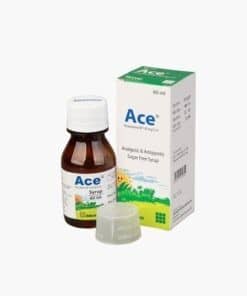
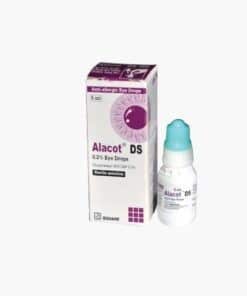

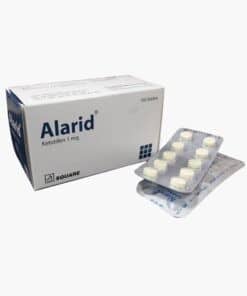
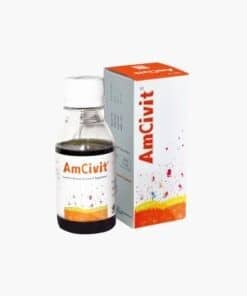
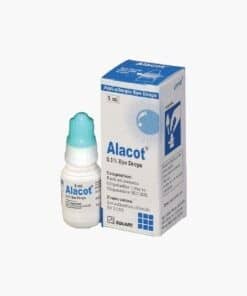
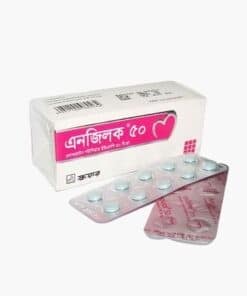
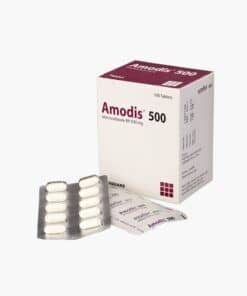
Reviews
There are no reviews yet.